Vietnamese delectables garner global plaudits in 2023
Vietnamese cuisine was ubiquitously praised on international publications’ "best" lists this year, and the country’s delicacies were also featured in a number of Hollywood films.
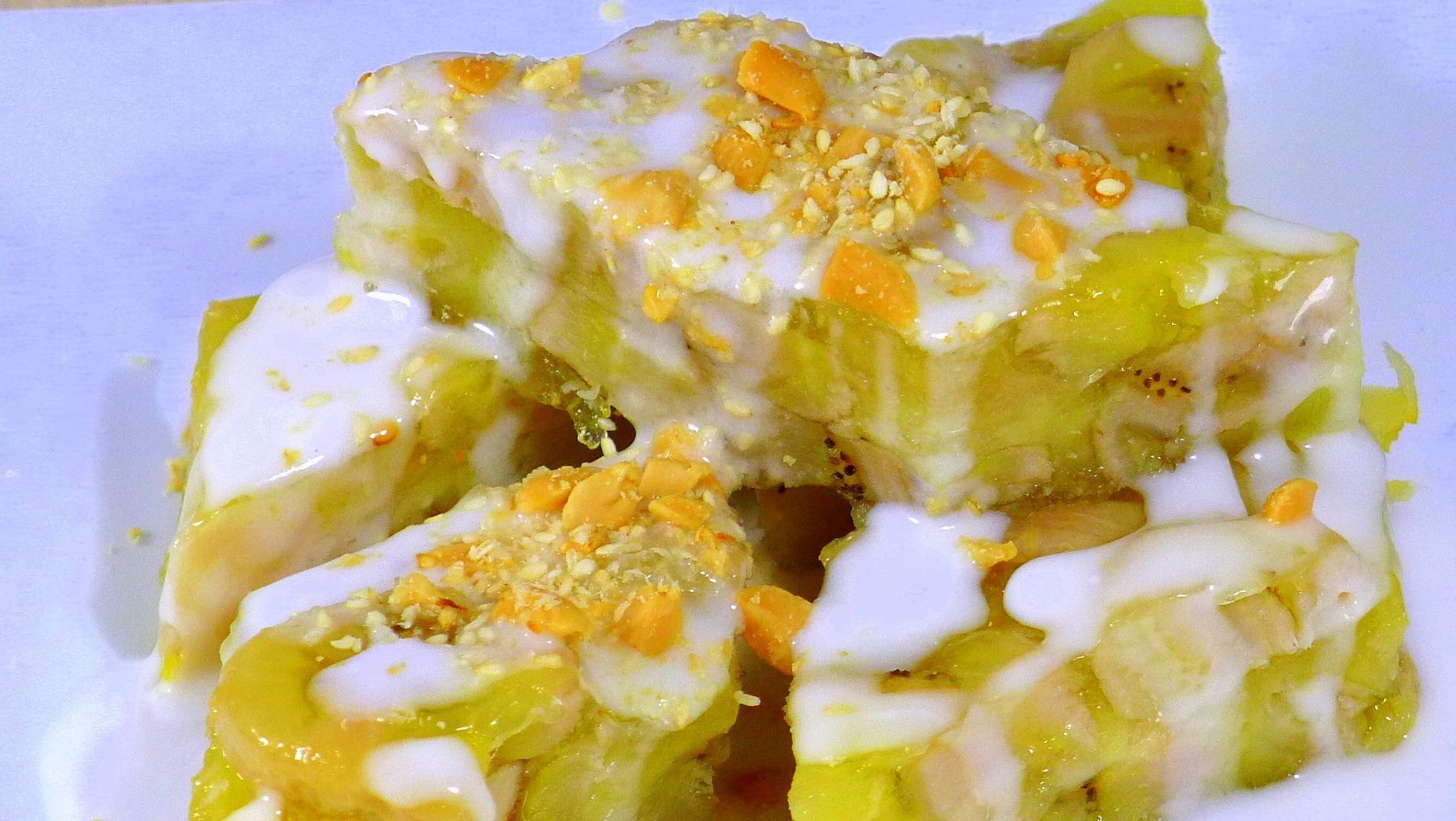
In February, international food magazine TasteAtlas, which described itself as "a world atlas of traditional dishes, local ingredients, and authentic restaurants," named banh chuoi hap (steamed banana cake) on its list of the world’s 100 best cakes.
The bananas are peeled, mashed, then mixed with sugar, rice flour, water, and sometimes vanilla.
The resulting cakes are then steamed until done and covered with coconut milk.
Before serving, the banana sweets are often cut into diamond shapes and sprinkled with crushed peanuts or sesame seeds.
The dish can be found at traditional markets in Ho Chi Minh city or food hubs in the Mekong Delta, with prices ranging from VND10,000-15,000 per serving.
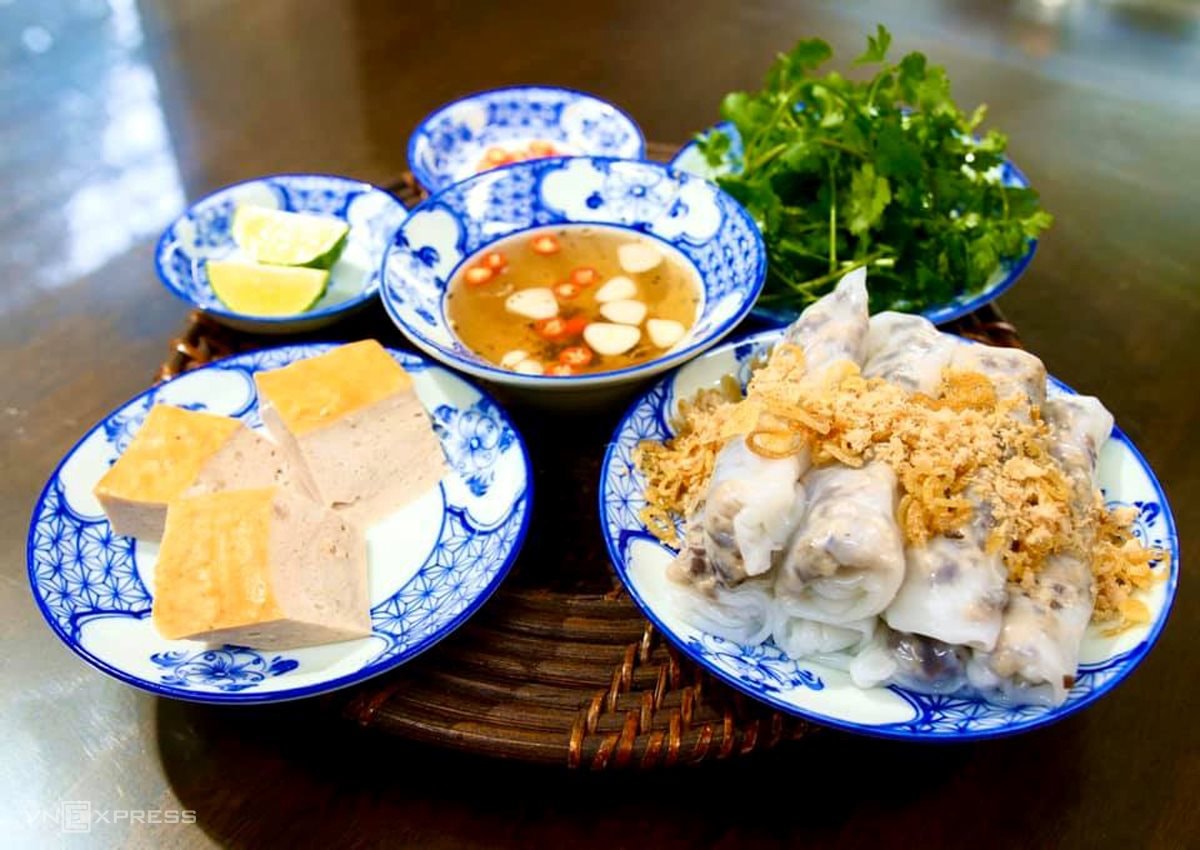
In February, Australian magazine Traveller selected banh cuon (steamed rice rolls) as one of world’s "10 best dishes to try."
Banh cuon is a traditional Vietnamese dish that is easily mistaken with its cousin banh uot (steamed thin rice cake) because their toppings are always the same.
To make banh cuon, a thin noodle sheet is steamed on a thin layer of fabric placed over a pot of boiling water. The sheets are then filled with minced pork and served with cha lua (Vietnamese pork bologna), fried rice powder cake, nem chua (fermented pork roll) and a sweet dipping fish sauce.
The dish ranges from VND25,000-VND50,000 ($1.05-$2.11) per serving.
World-famous chefs and travel bloggers have also praised banh cuon in the past.
Prominent U.S. restaurant critic Tejal Rao praised banh cuon in the New York Times in 2019, calling it a must on any culinary journey to Vietnam.
Controversial British celebrity chef Gordon Ramsay also said he’d fallen in love with the dish.
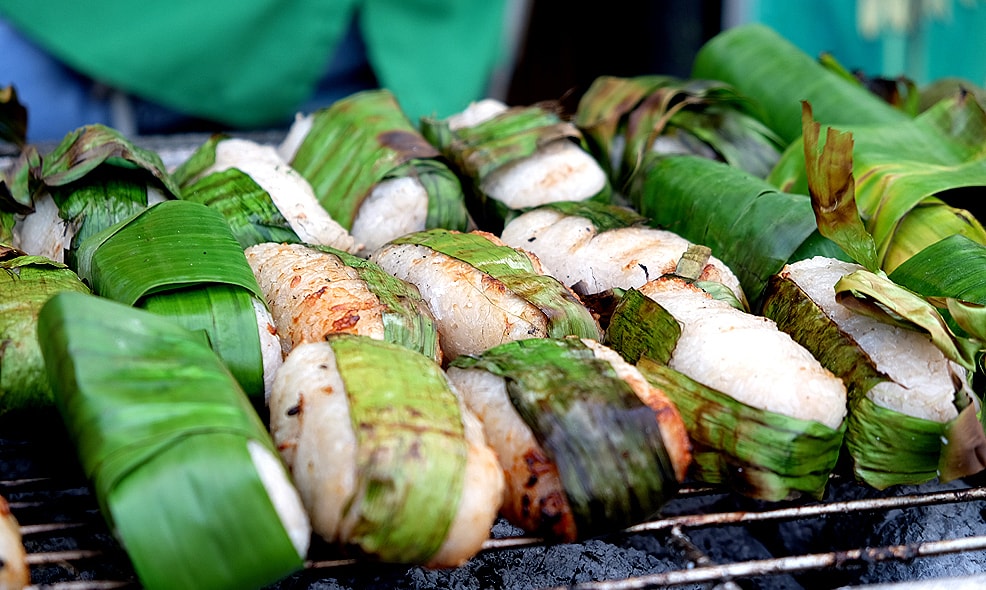
In March, Culinary Journeys, a food program that airs monthly on CNN International, included chuoi nuong (Vietnam’s grilled bananas) on its list of best desserts in the world.
CNN described the sweet dessert as "crispy, smoky and fragrant," best enjoyed with lightly sweetened creamy coconut milk and roasted peanuts.
The dish is a popular traditional snack from the Mekong Delta that can be found in many of Vietnam's southern provinces.
The peeled banana is marinated with a little sugar and salt for 30 minutes. It is then covered in glutenous rice cooked in coconut milk, wrapped in banana leaves and finally: grilled.
Grilled bananas now sell for VND20,000 per serving.
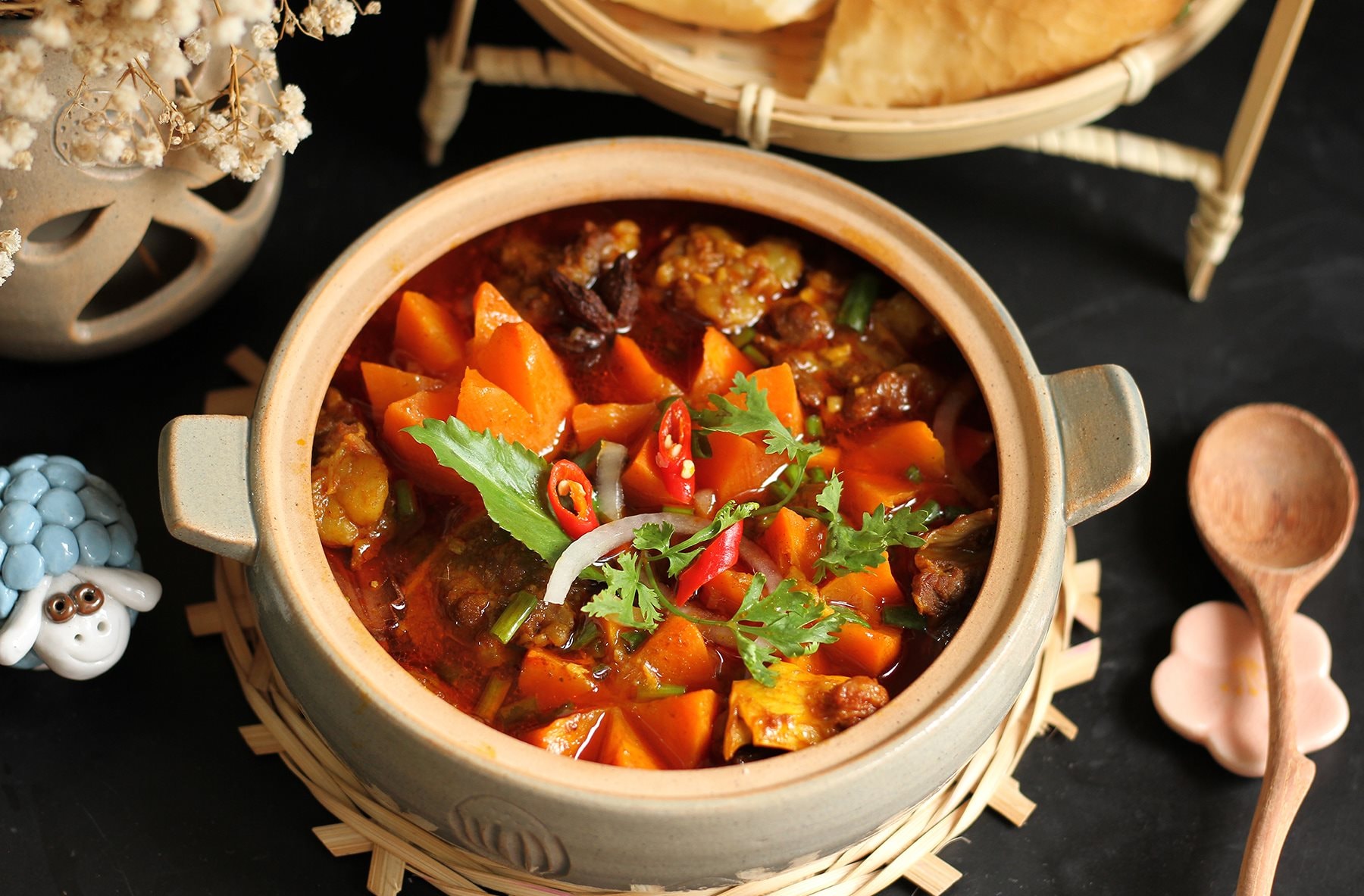
In March, TasteAtlas honored bo kho (Vietnamese beef stew) as one of world’s 10 best stews, alongside Thailand’s phanaeng, a type of red Thai curry, Kare (Japanese-style curry) and China’s Sichuan hotpot.
The Vietnamese beef stew is a popular breakfast in the southern region, with ingredients including diced beef, carrots, lemongrass, cinnamon, chili, pepper, garlic, and shallots, all simmered in a spicy broth.
The stew is garnished with chopped green onions, coriander and onions.
The dish served with an accompanying starch of banh mi (Vietnamese baguette) or hu tiu (rice vermicelli noodles).
A bowl of bo kho costs around VND50,000 ($2.13).
"In rural areas of Vietnam, the stew is usually much spicier than in urban areas," according to TasteAtlas experts.
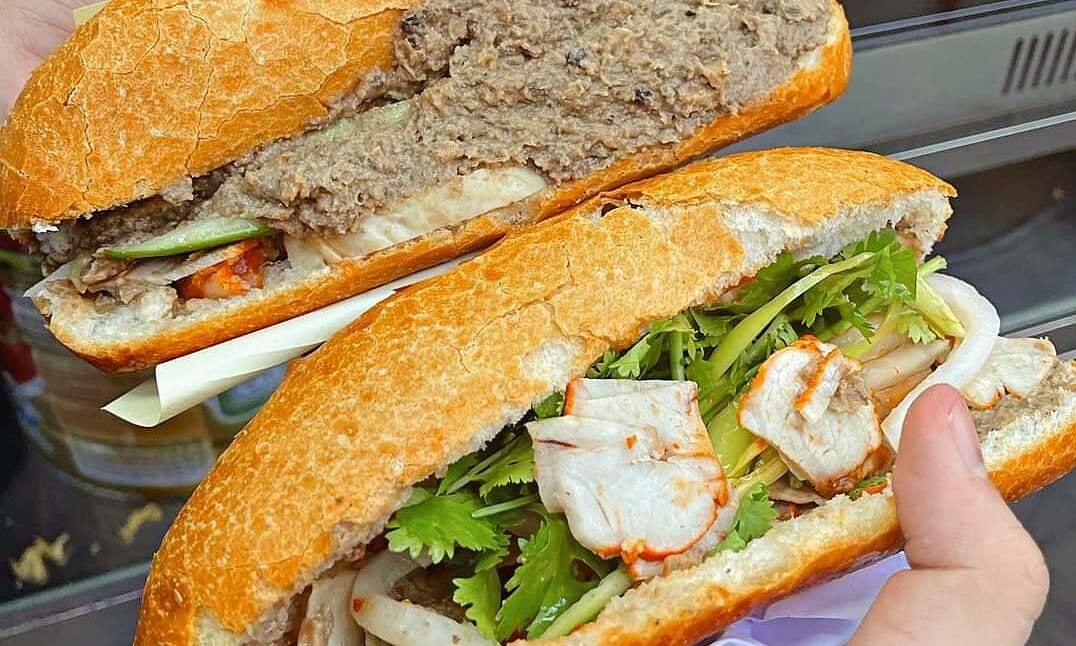
In April, CNN listed banh mi as one of world’s 100 best sandwiches.
Banh mi is no longer strange to foreign tourists: after so much praise from both foodies and international media, the tasty treat can now be found all over the globe.
The Vietnamese baguette sandwich is a fusion of cold cuts and vegetables/herbs – coriander, cucumber, pickled carrots and daikon – combined with condiments from French cuisine such as pate and mayonnaise.
Other popular fillings include cha lua (Vietnamese pork bologna), fried eggs, grilled pork, and meat balls.
A loaf of banh mi with full toppings costs VND15,000 to VND50,000 (US$0.65-2.10).
And now, other banh mi variations have also become foodie favorites: Banh mi xiu mai trung muoi served with pork meatballs (xiu mai) and topped with salted egg yolk, or banh mi cha ca with fried chopped fish cakes.
And the intrepid eater can also enjoy even more "exotic" local specialty variations: Banh mi pha lau accompanied with a stew made of beef and pork entrails (pha lau - offal stew) or banh mi ca nuc is one served with fresh scad (ca nuc) from local seafood wet markets.
This year, Vietnam’s first banh mi festival was held in Ho Chi Minh city last March, attracting crowds of foreigners.

Vietnamese street food goi cuon (spring rolls with pork and shrimp) appears in a scene of the Netflix film "A Tourist's Guide to Love," which started streaming in April.
The film was shot at many popular tourist destinations in Vietnam and helped to promote Vietnam’s cuisine to the world, and the spring rolls appeared at the part at the iconic Ben Thanh Market in Ho Chi Minh city’s historic downtown core.
The rolls consist of a rice paper wrap stuffed with rice vermicelli noodles, sliced pork, steamed prawns and a salad of fresh aromatic leaves including mint, cilantro, sliced cucumbers and basil.
The red shrimp and green vegetables add color underneath the translucent rice paper. The dish is served with a thick dark brown peanut dipping sauce or sweet and sour fish sauce.
Spring rolls cost VND10,000 to VND15,000 each on average.
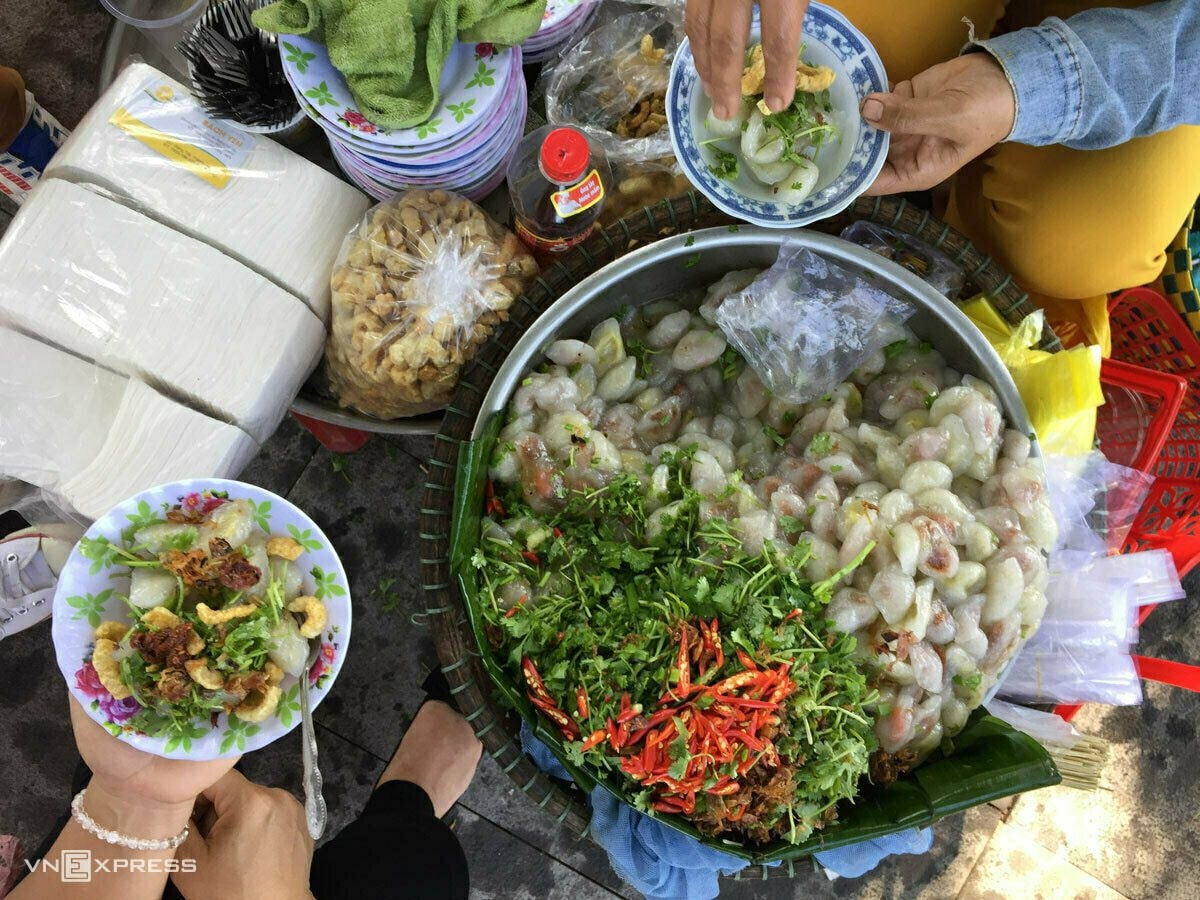
In addition to goi cuon, banh bot loc (steamed tapioca cake with shrimp), which originated in the former imperial city of Hue, is also featured in a scene of the movie.
The chewy dumpling is made from tapioca flour filled with pork and shrimp. The cake is covered in banana leaves and steamed before being served hot with fish sauce.
Near the western gate of Ben Thanh Market is a stall selling the cake together with other Hue’s specialties such as banh beo (steamed rice cake) and banh it tran (sticky rice dumpling).
These dishes usually come with dry shrimp paste, small pieces of fried bread and a piece of Vietnamese pork sausage. Everything is eaten with fish sauce, which comes mixed with chopped spicy chilies on the side in a small dipping saucer.
Prices start at VND20,000 and go up from there.
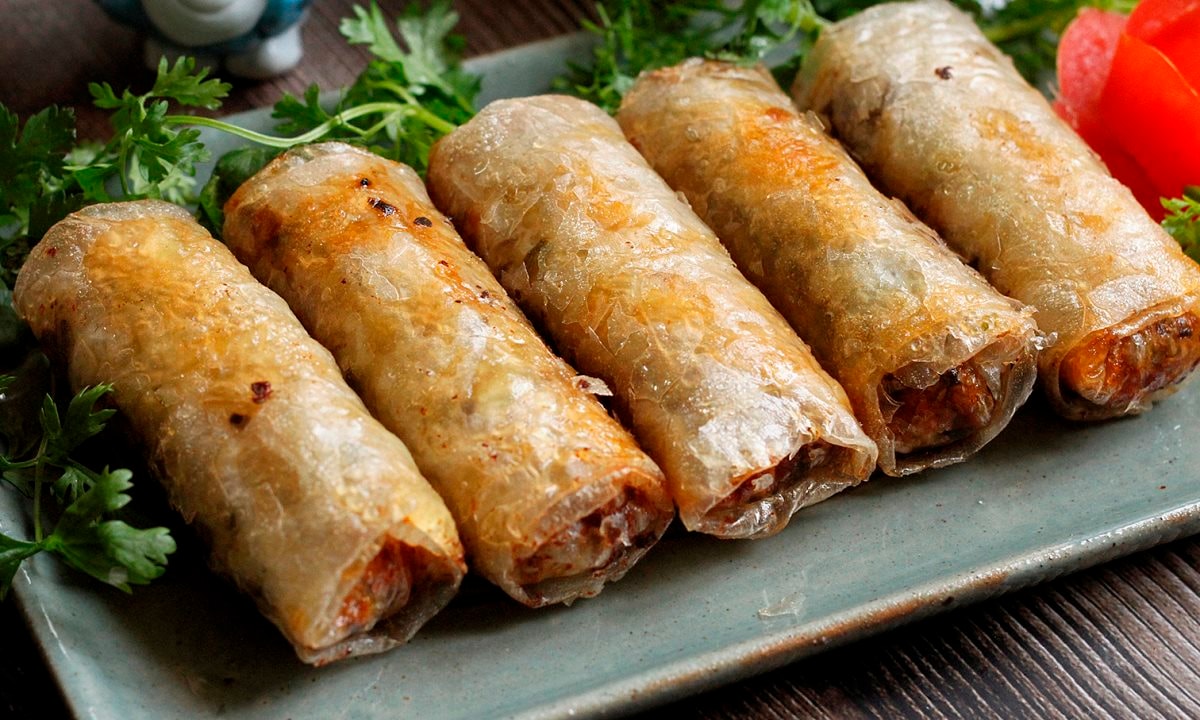
In May, TasteAtlas also listed Vietnamese fried spring rolls cha gio as one of the 100 most popular appetizers in the world.
These fried spring rolls usually appears as an appetizer at almost anywhere from small family gatherings and streetside lunches to massive parties and luxurious weddings.
They are made by rolling rice paper over fillings of shredded pork, cooked prawns, shredded taro, wood ear mushrooms and vegetables.
The rolls are fried until golden and crispy, and diners then often wrap them in lettuce and herbs, to be dipped in a delicate mixture of fish sauce, lemon and sugar.
In addition, cha gio spring rolls are also used as toppings for bun cha gio thit nuong, a bowl of rice vermicelli that also includes grilled pork, fresh herbs and vegetables that cost from VND30,000-50,000.
TasteAtlas recommended these restaurants in Ho Chi Minh city to try the dish: Ngon Restaurant and 94 Restaurant in District 1 and Hum Vegetarian, Lounge & Restaurant in District 3.
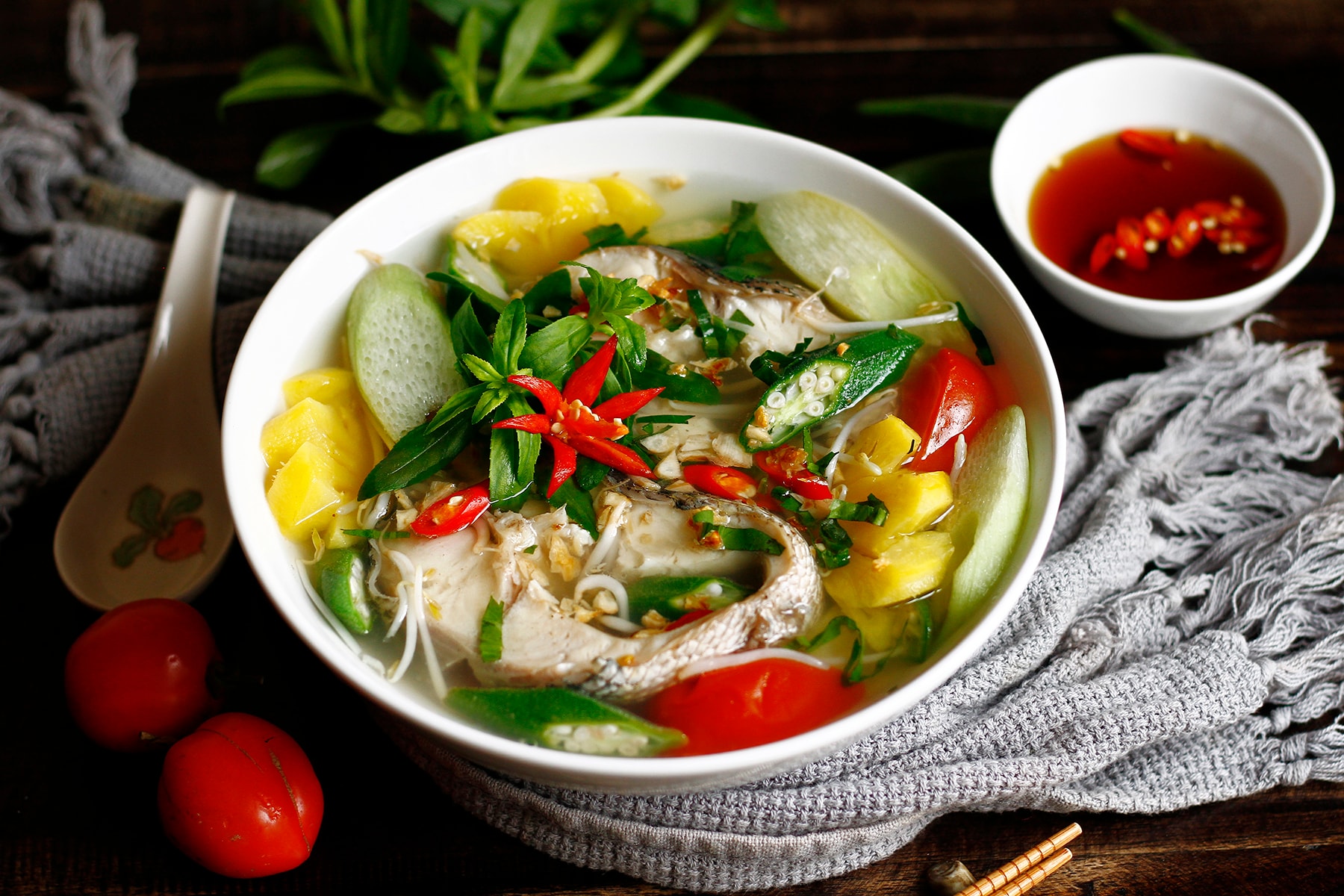
Vietnam’s popular sour fish soup, known as canh chua ca, appeared on the Netflix series "Beef," which began streaming in mid-year.
Sour fish soup is a common name for Vietnam's specific fish soups that feature a harmonious combination of sweet, sour, and peppery flavors.
The soup broth is often cooked with tamarind, pineapple, tomato, okra, green bean sprouts and other vegetables. The fish used include catfish, carp, snakehead fish, salmon, and others. The cooked soup is often topped with fresh onion, cilantro and other herbs. It is typically eaten with rice.
The dish was voted among top 10 best rated fish soups in the world by TasteAtlas.
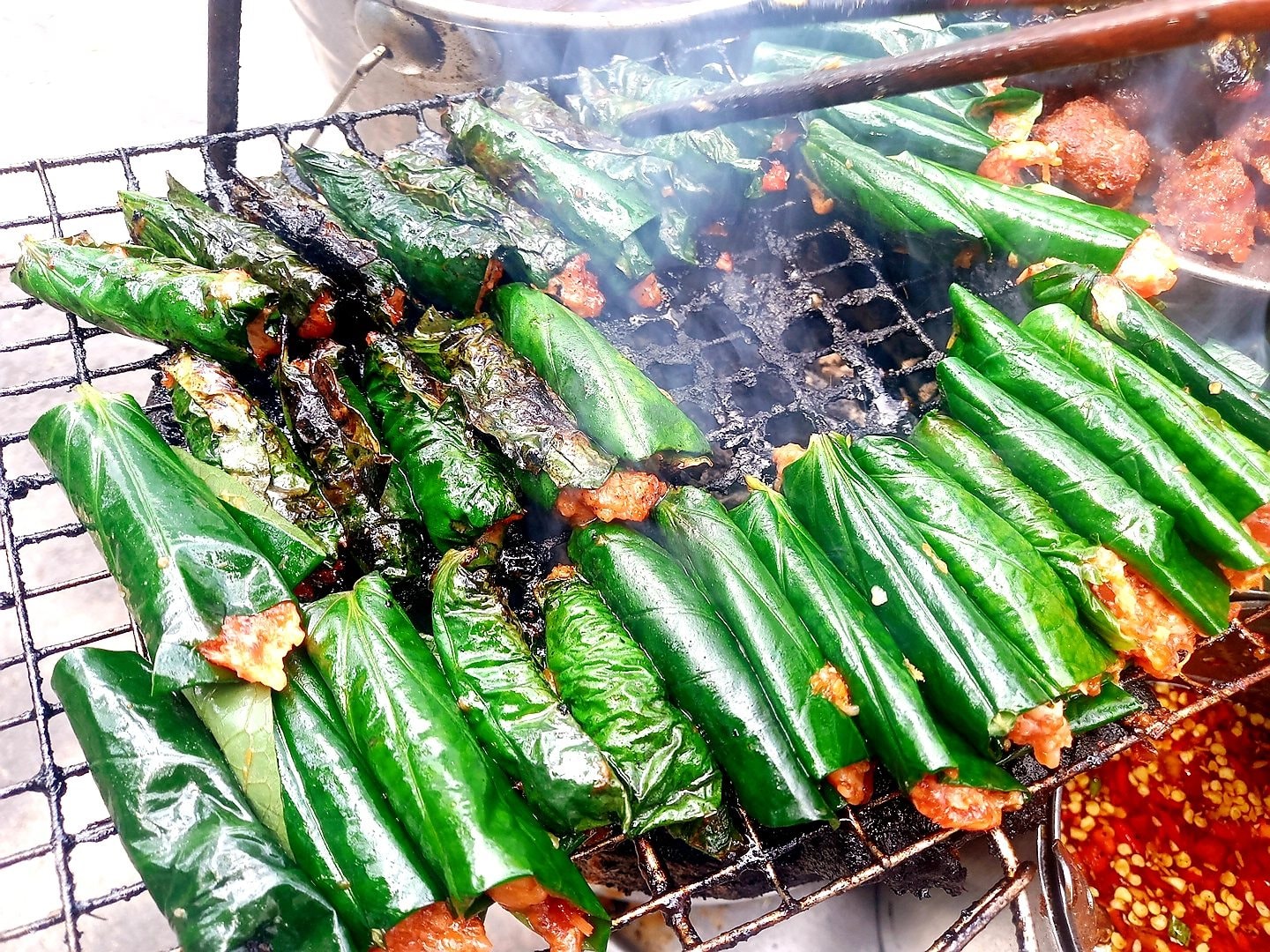
In November, Australian travel publication Traveller (of The Sydney Morning Herald) hailed bo la lot (grilled beef in lolot pepper leaves) as one of world’s most delicious dishes.
The dish has emerged as a popular street snack in Vietnam thanks to its fragrance.
The main ingredients of the dish include minced beef mixed with garlic and some spices and then stuffed into lolot leaves and rolled up like cigars.
La lot has a somewhat spicy pepper taste. After grilled, preferably on charcoal, its magic herb-like fragrance is released.
The dish originated in southern Vietnam, though its popularity has reached both northern and central regions. It is commonly served with rice vermicelli or steamed rolls made of rice-flour, rice paper, a lot of fresh herbs and veggies.
The magazine recommended Australian tourists try the dish at Ms. Phuong Co Giang in District 4 of Ho Chi Minh city while on holiday in Vietnam.
Australian people can enjoy a full flavor of bo la lot at Gia Dinh (Family) Restaurant in Sydney or at Viet Kitchen in Melbourne’s Footscray.
VNE-THANH BINH
